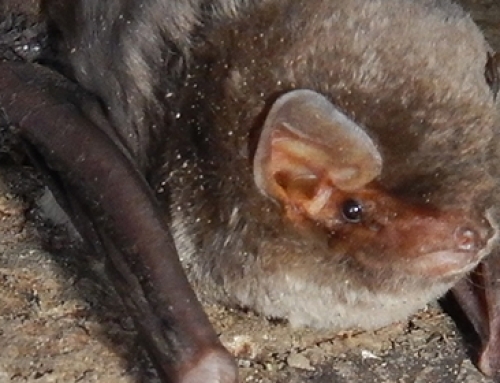Black pepper is one of those spices our kitchens cannot do without. Unfortunately, due to commercial fraud, not all the black pepper that reaches our dinner tables is authentic and genuine, and can potentially have health implications for consumers.
To counter this phenomenon and guarantee the safety of food products, a group of researchers from the Experimental Chemistry Laboratory of the Istituto Zooprofilattico Sperimentale delle Venezie (IZSVe), in partnership with leading companies from the food industry and global spice procurement sector, has developed, validated and implemented a method for determining the digital fingerprint of black pepper by means of near-infrared spectroscopy (NIR). The study has been published in the journal Food Control.
Commercial fraud in pepper in the EU

Pepper is especially susceptible to adulterations, second only to oregano by number of potentially adulterated samples. The simplest, most common form of adulteration is through the addition of waste by-products with no aromatic properties. The aim of intentional fraud is to raise profits by diluting pure pepper with by-products or very poor quality substances.
Pepper is especially susceptible to adulterations, second only to oregano by number of potentially adulterated samples. Its particular vulnerability is linked to its highly complex procurement chain and to the fact that it is increasingly marketed in ground form.
A European survey conducted in 2021 on the authenticity of spices sold in supermarkets, involving 21 Member States together with Switzerland and Norway, reported that 17% of the samples of pepper were suspected to be adulterated.
The simplest, most common form of adulteration is through the addition of waste by-products with no aromatic properties. Moreover, intentional and accidental fraud can happen at any stage of the procurement chain through partial replacement of the original raw material with low quality and waste materials (including parts of the same plant).
The aim of intentional fraud, referred to as Economically Motivated Adulteration (EMA), is to raise profits by diluting pure pepper with by-products or very poor quality substances. While its original purpose is to obtain financial gain to the detriment of intermediaries in the chain and the end consumer, commercial fraud can also pose a risk to the health of people with food allergies.
NIR spectroscopy to generate the digital fingerprint
Can adulterations of black pepper be rapidly and efficiently identified through screening analyses based on digital fingerprints, as recommended by the European Union in the wake of the horsemeat scandal of 2013?
This non-destructive technique creates a spectroscopic profile reflecting the chemical properties of the sample being tested. While genuine (unadulterated) pepper produces one specific spectroscopic profile – its digital fingerprint, adulterated pepper generates another. In other words, the fingerprint characteristic of authentic black pepper differs from the fingerprint of adulterated pepper.

The Experimental Chemistry Laboratory of the IZSVe has developed, validated and implemented a method for determining the digital fingerprint of black pepper by means of near-infrared spectroscopy (NIR). This method is capable to capture adulterations ranging from 5% to 35%.
The team of researchers then created an app which, at the click of a button, performs a statistical analysis of the spectroscopic fingerprint of each analysed sample of pepper, based on the LASSO (Least Absolute Shrinkage and Selection Operator) algorithm. The app adopts a simple-to-read traffic light system (red, amber and green) which processes the spectroscopic data and gives back the probability that the black pepper is adulterated (red) or is authentic (green).
This traffic-light authentication method based on NIR spectroscopy was developed using hundreds of samples of pure and adulterated ground black pepper, and it is capable to capture adulterations ranging from 5% to 35%. The dataset included authentic samples from Brazil, Vietnam, Cambodia, Madagascar, Costa Rica, Ecuador, Sri Lanka, and Indonesia, and samples adulterated with papaya seeds, talc, aniseed, lentils, sesame seeds, cornflour, red beans, rice flour, and bulking materials from the plant itself.
The method was then validated against independent sample sets, tested with different users (experts and non-experts) and with a proficiency test, yielding excellent results in terms of specificity, accuracy and sensitivity. The user can thus screen ground black pepper and receive a response in a matter of seconds. Besides being rapid, this analytical NIR spectroscopy-based method is also sustainable, economic, and in line with the principles of green chemistry.
The experimental laboratory has already used this technique in the past, giving rise to important applications in the field of extra virgin olive oil traceability and in food product analysis used to generate nutritional labels for the company self-regulation sector.
Read the scientific article in Food Control »






